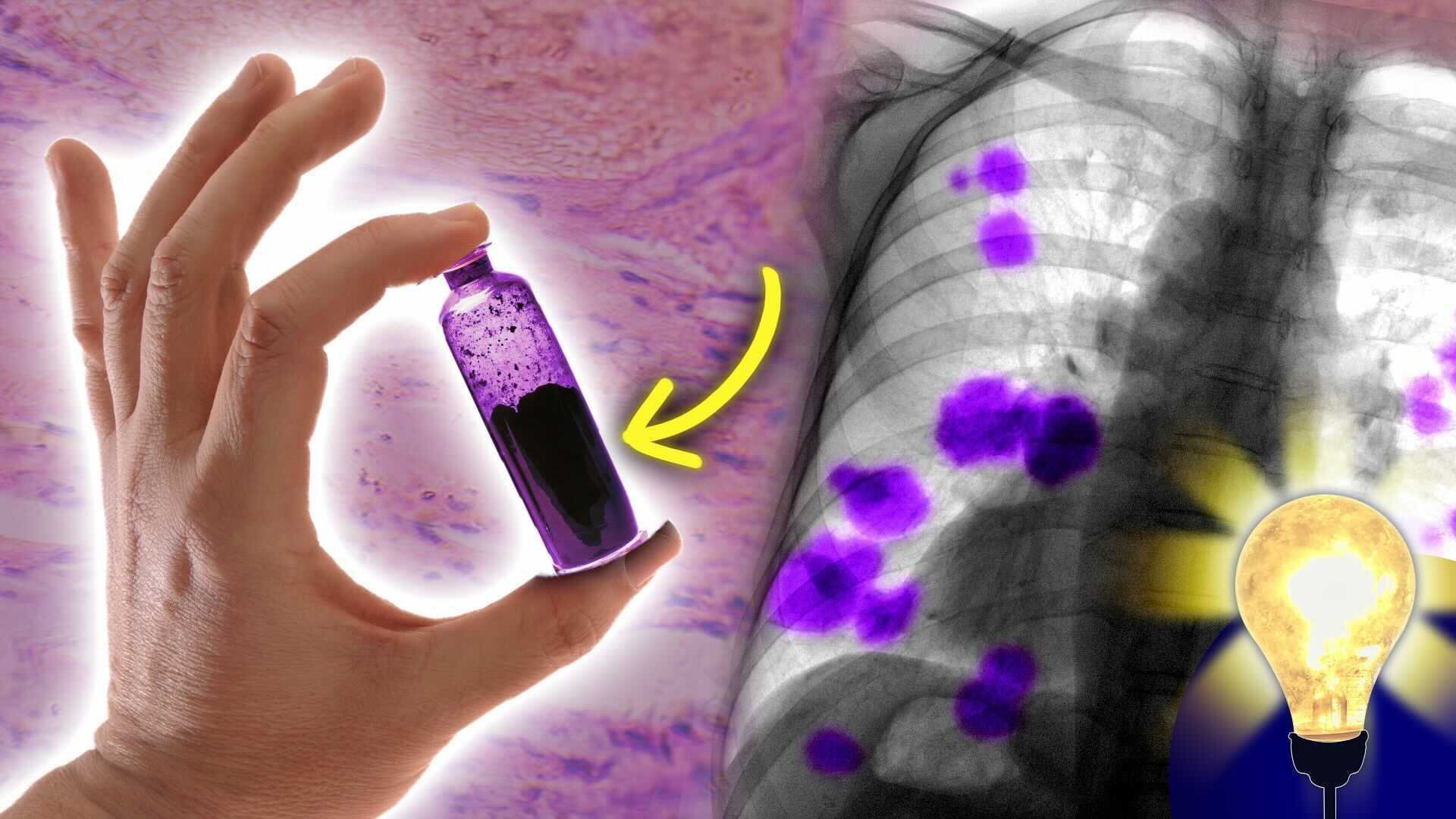Whether it's chocolate chip cookies, the pacemaker, or penicillin, accidental discoveries and inventions have changed the world as we know it. The accidental discovery of a new color, mauve, in the mid-1800s would go on to boost a number of industries, and it's all thanks to an English chemist named William Henry Perkin.
Curing Malaria
In 1856, Perkin made the discovery of the world's first synthetic dye while attempting to synthesize quinine, a compound known for being the single cure for malaria. In the 1600s, quinine could only be found in cinchona trees indigenous to South America, but in the more than 200 years leading up to Perkin's lab tests, the supply of tree bark dwindled significantly. The price tag for transport to Europe was very high. Britain and India paid a combined £132,000 — $24 million in today's value — to acquire the life-saving cure.
French chemists Joseph Pelletier and Jean Caventou were able to isolate the quinine compound from the tree bark, allowing Perkin to begin mixing up various chemicals in order to replicate it. The end result of one of those mixtures left him with a mesmerizing hue of purple that he would later use as a dye called aniline.
Mauve Becomes Royalty
Perkin dropped his pursuit of synthetic quinine for a malaria cure and sought to share this new hue with dye developers to see exactly what he had on his hands. The result? Perkin was lauded for the quality of the dye, and just like that, a new industry was born.
In the dye industry, gathering materials to achieve certain colors was very expensive, especially when going for shades of purple. Thousands of Mediterranean snails needed to be collected and their shells drained to acquire enough of the substance to make a single robe.
"So it was a very expensive, time-consuming, laborious process, and that's how purple became associated with royalty because the purple was so rare," Regina Blaszczyk, professor of history at the University of Leeds, told Cheddar.
After Perkin's father invested a large sum of money behind his son's vision to create the company Perkin & Sons, mauve began to sweep the world. Much of the company's early success dates back to two significant moments in the history of European royals. In 1857, Empress Eugénie, wife of Napoleon III, would be seen wearing full mauve gowns and a year later, Britain's Queen Victoria was seen in a mauve dress at her daughter's wedding.
The color took off in the eyes of individuals who followed the royal families closely.
However, Perkin's business couldn't just continue to flourish off of the popularity of mauve alone, so he began creating new vibrant and bold colors in the 1860s. Other hues to come out of his beaker were rich synthetic reds, blacks, and even an eye-popping "Perkin's Green."
In 1906, to mark the 50th anniversary of the groundbreaking accidental discovery, Perkin was knighted by King Edward.
Aniline Uses Beyond Fabric
By 1873, Perkin had exhausted his interest in dye manufacturing and ended up selling the business. Apparently, he grew tired of the endless lawsuits over intellectual property and cashed out for today's equivalent of $12 million. The cost of building his business also included a hit on his reputation. Reports of skin rashes originating from garments that contained mauve circulated and communities allegedly fell ill due to environmental impacts from Perkins' factories. In time, scientists linked extended exposure to chemicals like aniline to illnesses like bladder cancer.
Before that was known, however, Perkin's achievement dyes had been adapted for use in many of our everyday products, adding color to foods like sausage, baked goods, and jam.
Perhaps one of the most effective uses for aniline is in medicine. The chemical helped scientists identify the pathogens that cause cholera as well as tuberculosis and even developed the concept of chemotherapy, initially designed to treat syphilis, that eventually would become the basis for cancer-fighting treatments.
He continues to be celebrated today in the award named after him called the SCI Perkin Medal by the American Society of Chemical Industry. The honor is given to individuals who have done outstanding work in applied chemistry in the United States.
This is part of 'The Lightbulb Moment', A Cheddar and CuriosityStream Original Series, the show that uncovers the surprising impact of less-celebrated inventions and the moments of inspiration that made them possible.
Video produced by Ed Vega and Andrew Davis. Article written by Lawrence Banton.



